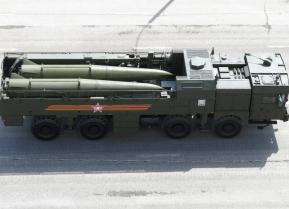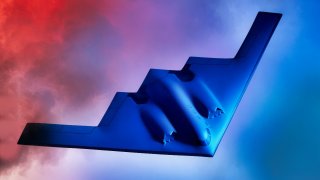China's New H-20 Stealth Bomber Can Be Summed Up in 2 Words
What You Need to Know: China’s Xi’an H-20 stealth bomber, central to its nuclear triad, is designed to challenge U.S. military dominance in the Indo-Pacific. With an estimated range of 8,077 miles and a 40-ton payload capacity, the H-20 could strike U.S. bases as far as Guam or beyond.
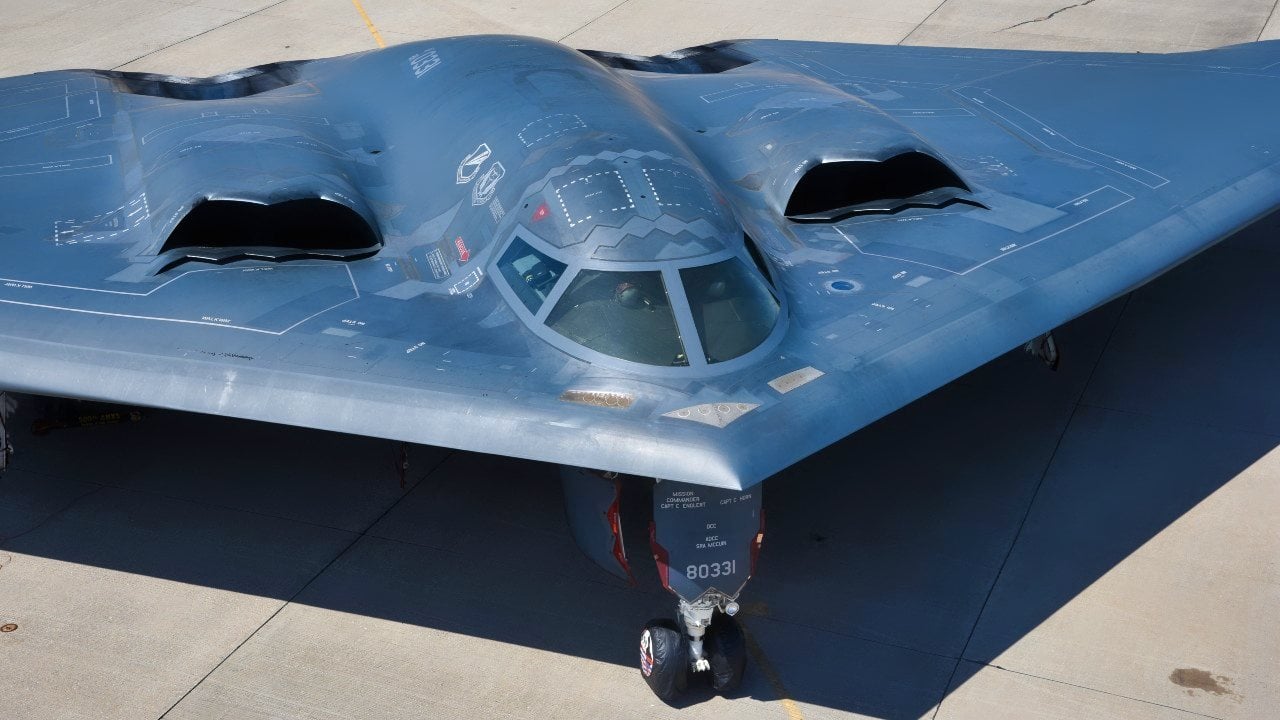
-This capability bolsters China’s ability to deter U.S. intervention in regional conflicts. While skeptics cite deficiencies in Chinese stealth technology and engine design, Beijing’s manufacturing capacity ensures the H-20 could be mass-produced.
-Whether or not the bomber matches U.S. platforms like the B-2 or B-21, it represents China’s significant technological progress and evolving strategic threat.
H-20 Stealth Bomber: China’s Game-Changer in the Pacific
China’s military capabilities are developing at an extraordinary clip. Even from ten years ago, the People’s Republic continues creating the weapons and tactics it will need to, if not defeat the United States, then deter U.S. military intervention against them in a time of geopolitical crisis.
One area that Beijing is keen on having parity with the Americans is in the all-important strategic domain of nuclear weapons. Specifically, the development of the nuclear triad, having a redundant nuclear weapons capability on land, at sea, and in the air.
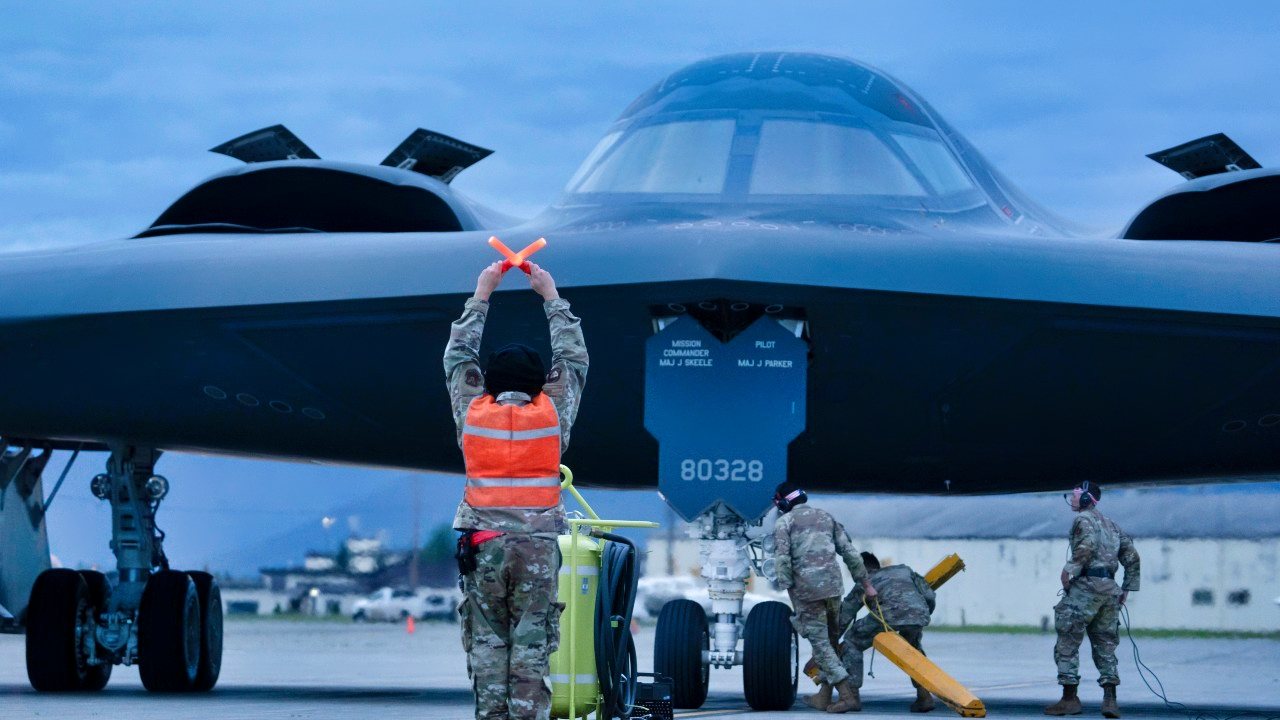
In the air, China is pressing ahead with the buildout of their Xi’an H-20 strategic stealth bomber. Not only does this capability ensure that China’s military will have an air-capable component of its nuclear triad but, more importantly, the H-20 stealth bomber, like America’s B-2 Spirit stealth bomber, extends the range of that air capability significantly. Indeed, it is believed that the H-20 can reach deep into the Second Island Chain, where the key U.S. military base on Guam is located.
Some have insisted that the H-20 might be able to go beyond the Second Island Chain, too.
Some Specifications of the H-20
Other sources claim that the H-20 can operate at a range between 8,077 miles without refueling, possibly reaching as far as Hawaii if they did refuel midair, which might be too difficult given current Chinese midair refueling limitations, though those can be easily overcome. It is further expected that the H-20’s payload capacity is around forty tons. In other words, the H-20 can compete with any U.S. stealth bomber in terms of the load and type of munitions it can carry.
The ability to threaten Guam with a massive nuclear attack is key, though. Many of America’s land-based air assets are located there. Knocking out the runways or obliterating U.S. warplanes and bombers on the tarmac before they can take off in the event of a conflict between the U.S. and China, is an incredible advantage that China did not possess even a decade ago.
Whereas the Americans are limited to a handful of B-2 Spirit long-range stealth bombers, thanks to China’s mass production manufacturing capabilities, China could conceivably churn these birds out of their production facilities like sausages.
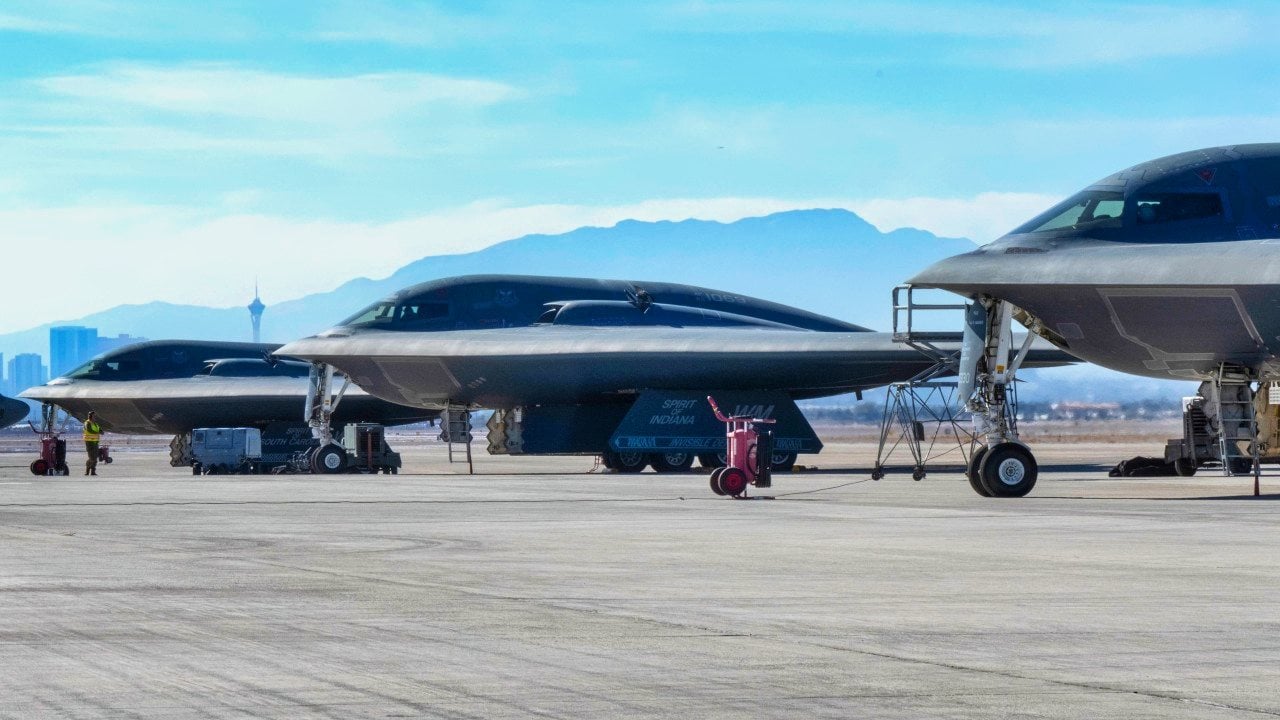
What’s more, the development of such advanced stealth technology by China indicates that China’s military is not some backwater institution that can be easily pushed around by the more sophisticated American force. With the advent of the H-20, China is showcasing that in the realms of stealth technology, aerodynamics, and materials science, they have progressed significantly.
And that progress now has the chance to fundamentally upend the regional, and possibly the world order in significant ways.
Possible Problems with the H-20
Of course, as with any advanced engineering program, the H-20 is not without its share of problems and real-world limitations. Many American aerospace engineers argue that the H-20 is inferior to the U.S. B-2 Spirit. Certainly, it will not be comparable to the U.S. Air Force’s newest B-21 Raider long-range stealth bomber.
Although, given how constrained the Air Force currently is in terms of funding, the B-21 might never make it off the ground. Other skeptics believe that China’s stealth technology is not as good as American stealth tech. Beyond that, the Chinese have struggled for some time with indigenously built engines for their warbirds.
Again, though, even with the Chengdu J-20 “Mighty Dragon” fifth-generation warplane, the Chinese were able to overcome these engineering deficits.
Other China skeptics in the West believe that the H-20 is less about enhancing real capabilities than it is about bluffing the Americans into believing that China is more capable than it is. That may be. But, the Americans can ill afford to rest on their laurels with such self-serving clap-trap like this.
Stop Underestimating China
The fact is that the Chinese are catching up to the Americans technologically. In certain important cases, they are leapfrogging their American rivals.
Where the Chinese aren’t pushing ahead of U.S. defense technologies, they are keeping a good pace, and when married to China’s superior manufacturing capabilities, Beijing will have thus created a significant advantage for themselves over the Americans, whose stealth bombers may be more advanced but are highly limited in number. And that advantage could be decisive in any conflict with the United States and its regional partners.
About the Author
Brandon J. Weichert, a National Interest national security analyst, is a former Congressional staffer and geopolitical analyst who is a contributor at The Washington Times, the Asia Times, and The-Pipeline. He is the author of Winning Space: How America Remains a Superpower, Biohacked: China’s Race to Control Life, and The Shadow War: Iran’s Quest for Supremacy. His next book, A Disaster of Our Own Making: How the West Lost Ukraine, is out now from Encounter Books. Weichert can be followed via Twitter @WeTheBrandon.
All images on the page come from Shutterstock or Creative Commons.
From the Vault
Russia Freaked Out: Why the U.S. Navy 'Unretired' the Iowa-Class Battleships
Battleship vs. Battlecruiser: Iowa-Class vs. Russia's Kirov-Class (Who Wins?)
